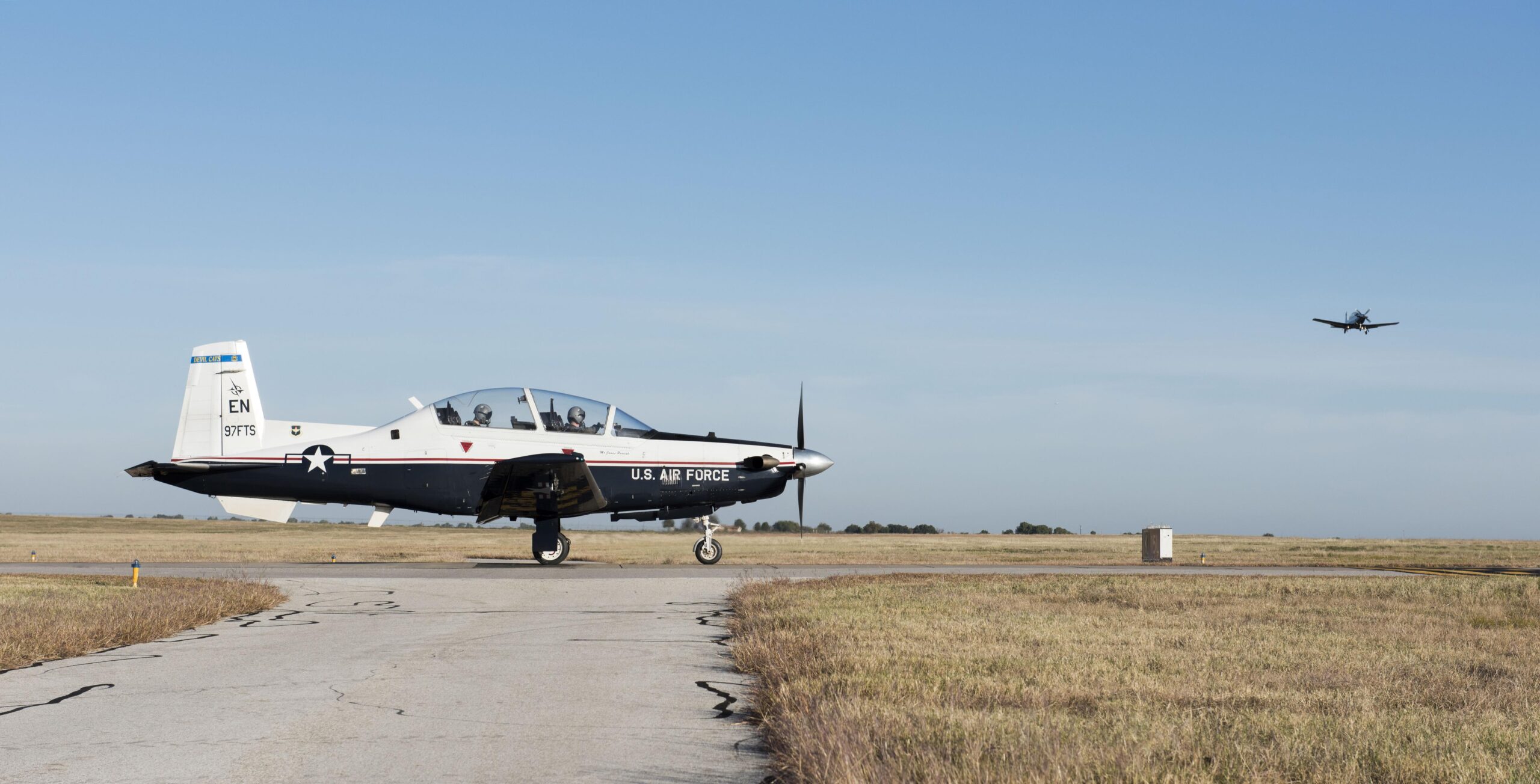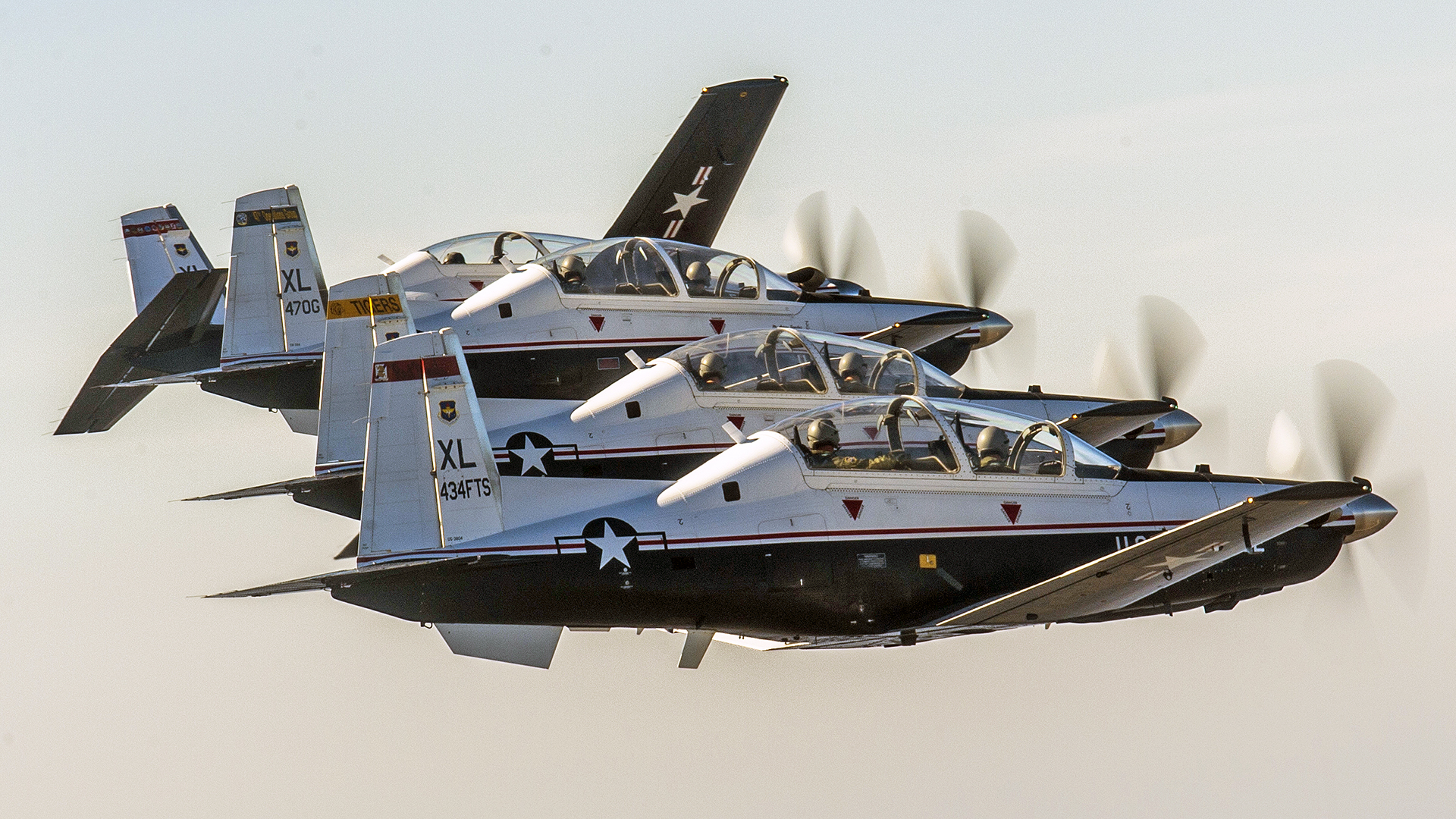Details remain very limited, but a T-6 instructor pilot flying out of Sheppard Air Force Base, Wichita County, Texas, has died as a result of injuries caused by their ejection seat firing inadvertently while on the ground.
“An Air Force instructor pilot with the 80th Flying Training Wing died early this morning from injuries sustained when their T-6A Texan II ejection seat activated during ground operations here May 13,” a statement released earlier today by Sheppard AFB reads.
“An investigation into the cause of the incident is underway. Per Air Force policy, the pilot’s name is being withheld until 24 hours after the notification of next of kin.”
George Woodward, the director of Public Affairs at Sheppard Air Force Base, confirmed to local media yesterday that the individual sustained injuries due to being ejected from their aircraft during ground operations. The incident reportedly happened before 2 P.M. local time, and the pilot was subsequently rushed to United Regional Hospital in Wichita Falls.
Sheppard’s 80th Flying Training Wing is the largest technical training wing within the Air Force. It also hosts training for pilots from 14 NATO countries via the Euro-NATO joint jet pilot program.

Air Force T-6s, two-seater aircraft used for primary pilot training, have experienced issues with their ejection seats in the past. In 2022, 76 of them were grounded over concerns over the possibility of faulty ejection seat parts.
T-6s have been involved in a number of incidents, not just caused by ejection seat issues, over the years. Just last month, a T-6 was forced to make an emergency belly landing at Joint Base San Antonio-Randolph, Texas, due to the pilot experiencing a gear malfunction. In 2019, a T-6 from Sheppard AFB crashed due to the pilot not recognizing their aircraft was in a nose-high attitude with a slow airspeed. Crew members were able to eject before the aircraft crashed, and only sustained minor injuries.
This is a developing news story. We will update this post with any new information as it surfaces.
Contact the author: oliver@thewarzone.com
